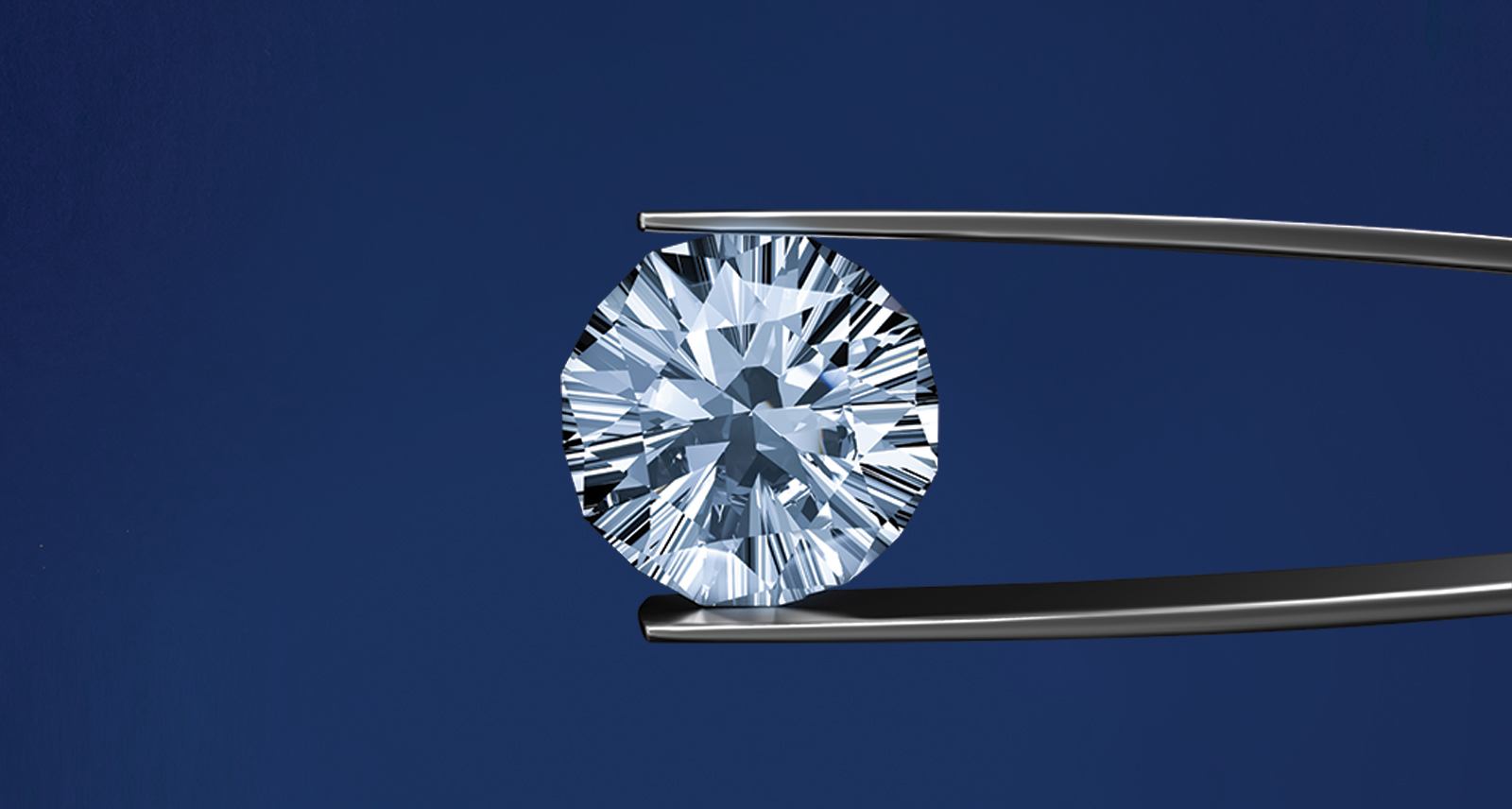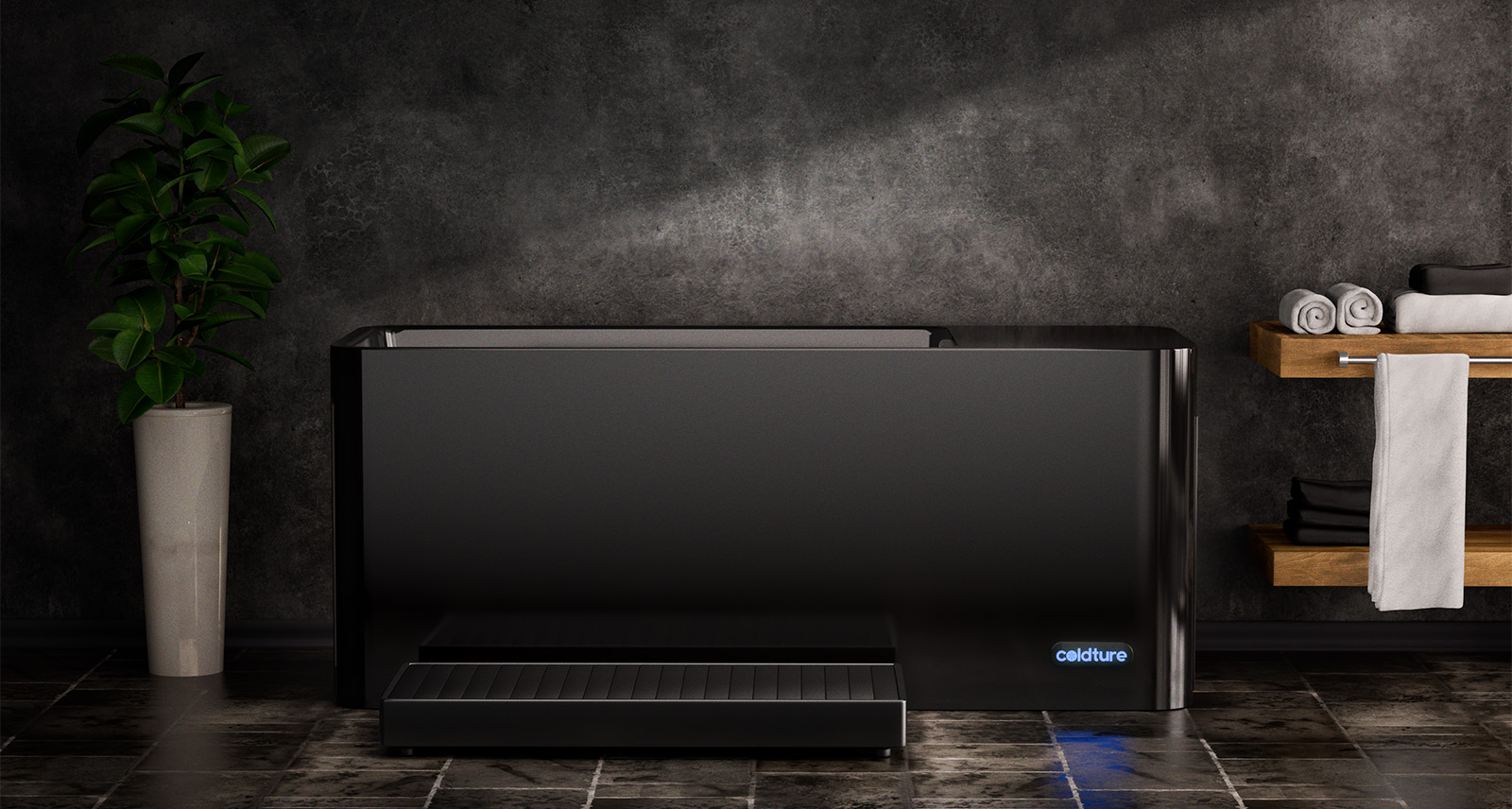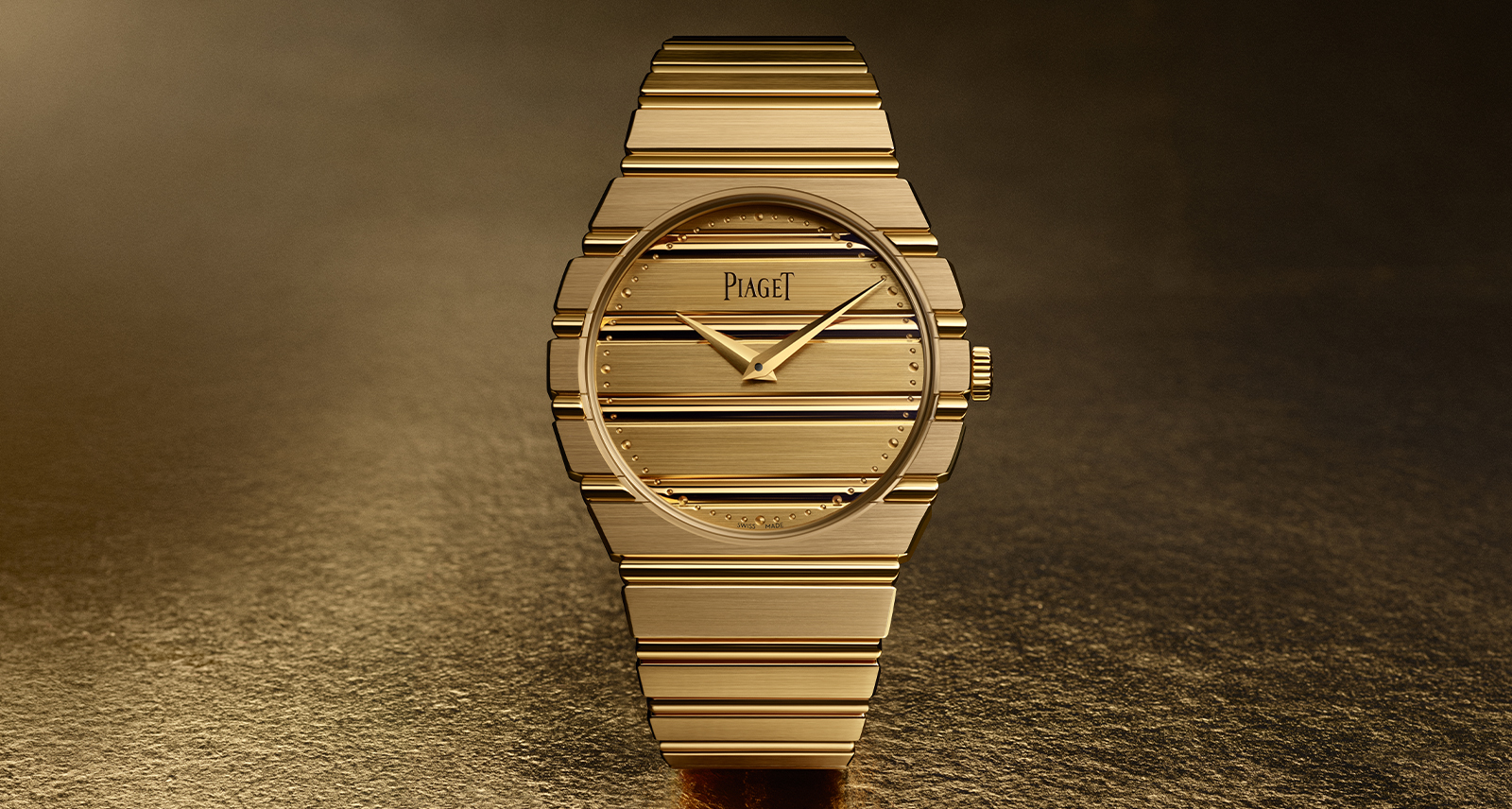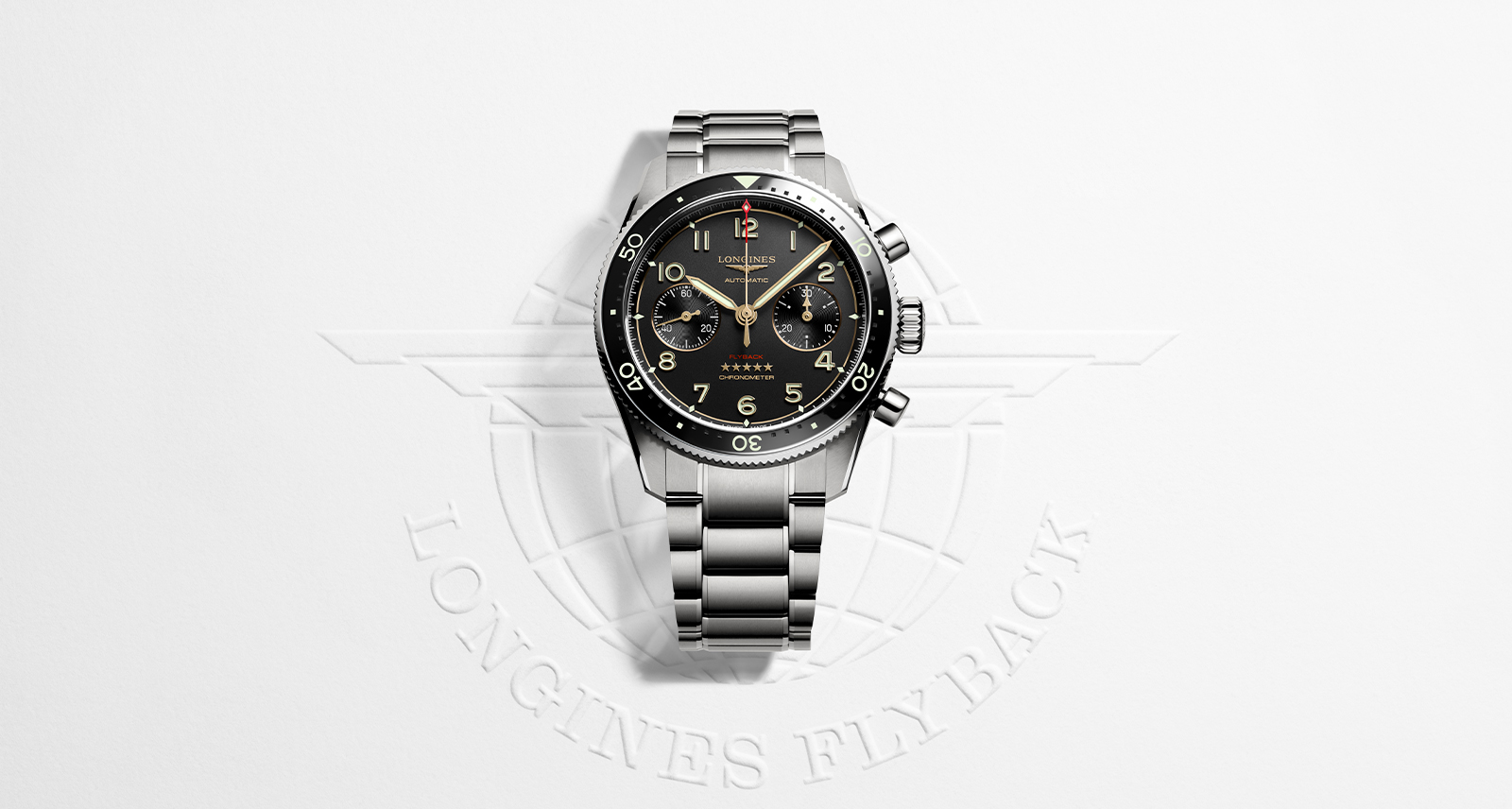How Lab-Grown Diamonds Are Disrupting the Jewellery Industry
Two years ago, Canadian icon and multiple Grammy Award–winning artist Drake made headlines when he was gifted a sports jacket covered in 235 hand-set diamonds. Created and presented to him by Toronto’s Garrison Bespoke, the one-of-a-kind piece cost nearly $700,000.
“I would say it’s pretty much priceless though,” says Michael Nguyen, the founder and owner of the tailor shop. An artist like Drake guarantees Nguyen’s company some shine, after all. But a deeper dive into the details of the jacket prove it’s not just about how much it costs or the sort of press Nguyen is getting because of it — it’s about what the item represents. Boasting a 100-year-old deadstock jersey cloth from the House of Dormeuil’s private collection, the jacket is, in fact, entirely decorated with lab-grown diamonds from Diamond Foundry.
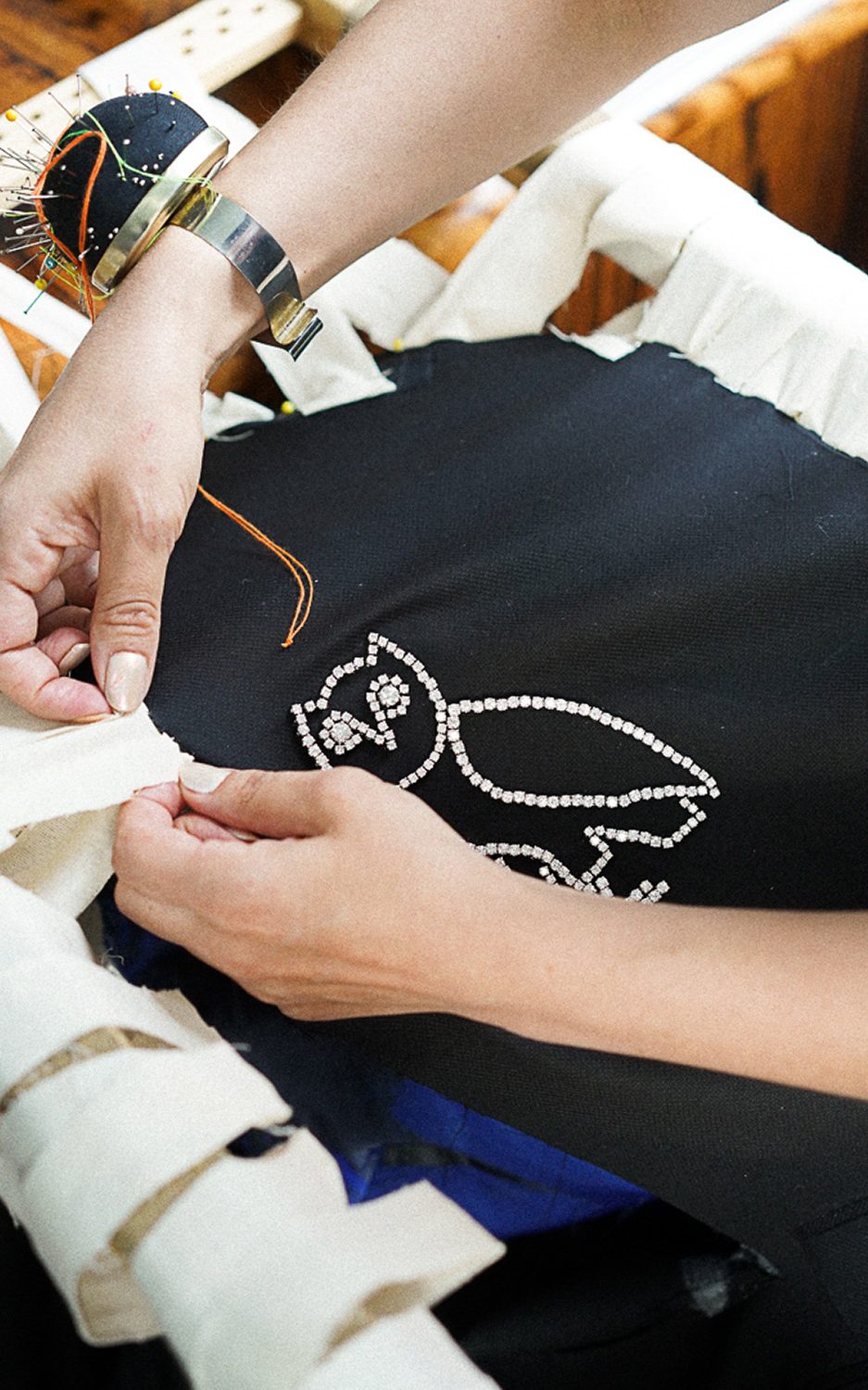
“If I’m making something for Drake specifically, I could go find a unique diamond in Africa,” says Nguyen. “But [how much more special] is a diamond grown specifically for him?” Drake, however, isn’t the only public figure to be associated with the innovative product. The Duchess of Sussex has been spotted wearing a pair of lab-grown earrings, and the likes of Lady Gaga, Zoë Kravitz, and Billy Porter have also donned pieces of the sort.
Lest you start searching for images to dissect the lab-diamond-covered jacket, let us tell you that what is most remarkable about these types of jewels is that — to the naked eye and even to some microscopes — they look no different than earth-mined diamonds. Which all provokes the questions: what exactly are lab-grown diamonds, and are they here to revolutionize the jewellery business?
Synthetic jewels have been around since at least the 1940s. Be it cubic zirconia or moissanite, the human disposition toward all things shiny has birthed a slew of diamond-adjacent products that are anything but. (In fact, they are actually referred to as simulants.) The lab-grown diamonds that have become popular in the industry recently stand apart because, unlike synthetic gems, these are chemically identical to their natural counterparts.
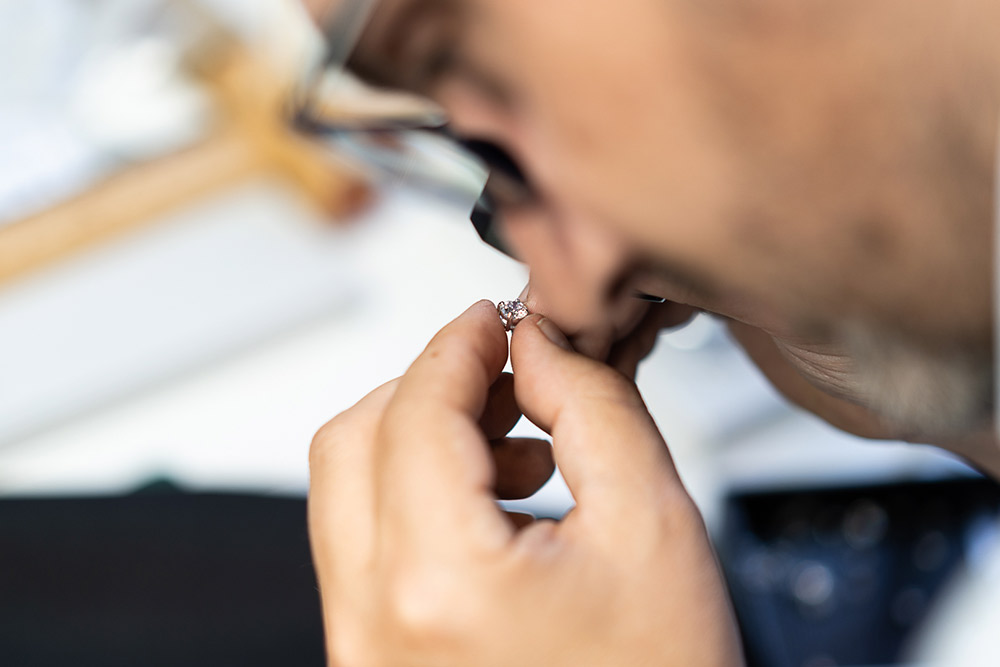
The synthetically created sparkles can be made through two different processes: one using a high pressure/high temperature (HPHT) system, and the other, chemical vapour deposition (CVD). Slightly different in execution, both methods start off with a diamond seed (quite literally, a flat sliver of the stuff) that gets worked on until it resembles its natural equivalent.
“It is not a lookalike,” says Steven Ebrani, co-founder of lab-created diamond company Stefano Navi. “It is not about it looking identical to a diamond. It is chemically identical to one.”
Given the history of mined diamonds and their association with war zone activity and destructive environmental practices, those in the synthetic industry tout the just-as-dubious eco-friendly aspects of lab-grown diamonds as a benefit over natural ones. “There is a very strong argument that these could possibly be more sustainable than earth-mined jewels, in that there is no permanent damage being done on the earth when creating them,” says Ebrani.
The United States Federal Trade Commission (FTC) recently stepped in to release a set of guidelines regulating both the name of the products and their proclaimed qualities. Now, you can’t call them diamonds, and you must disclose their synthetic provenance. Though there is no Canadian equivalent to the regulatory body, as a general statement, the FTC’s rulings are considered law across the world.

Producing a jewel in a lab obviously doesn’t involve the blowing up of mines that plenty of natural diamond critics constantly refer to, but the synthetic business isn’t as green as one might initially assume. Back in 2019, the FTC sent letters to several companies warning them not to use the words “sustainable” and “eco-friendly” in their marketing copy, given that such environmental claims could not be verified by any of the companies. It’s worth noting, though, that in 2018 the regulatory body declared that a diamond should be considered one whether lab-grown or earth-mined.
“People who sell genuine diamonds aren’t happy with the false claims made about the green nature of synthetic jewels because they aren’t being made by some high-paying jobs done by people in white lab coats,” says Eddie LeVian, co-owner of jewellery company LeVian. “They build these factories with hundreds or thousands of boiler-type machines that create high temperatures and pressures and release fumes and gases into the atmosphere, all done in sweatshops that pollute the environment. The natural diamond never does that.”
LeVian also points out that “traditional” jewellery makers tend to find their diamonds in poverty-stricken communities where the mining operations end up creating jobs. “Many of the mines are also run by major worldwide conglomerates that actually invest money to reforest areas or turn them into lakes or something resembling a natural condition,” he explains.
Another battleground at the root of the diamond wars is the price tag: synthetic ones cost, on average, about 50 to 75 per cent less than their natural counterparts. That price mostly takes into account the cutting process, which is just as costly and laborious as the one involved in the shaping of an earth-mined piece.
“The process takes time,” explains Ebrani. “You can’t say ‘I want to make a rough that looks a certain way’ and [immediately] get it. The technology hasn’t gotten to that point yet.”
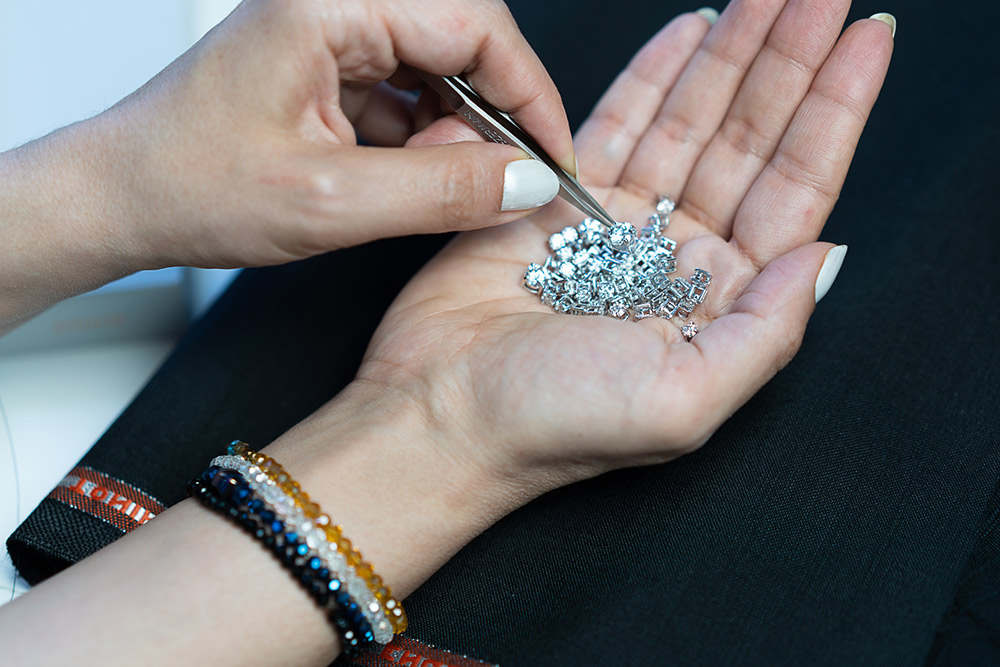
Given the magnitude of the jewellery industry (in 2019, the global diamond jewellery market was approximately $100 billion), legal and ethical arguments surrounding lab-grown diamonds have, unsurprisingly, grown louder. The potential to disrupt the industry is clearly there, and both camps know that. In 2017, the global production of lab-grown diamonds was estimated to have been a bit more than 14.6 billion carats, and that number has been steadily growing ever since.
And yet, both types of jewel purveyors seem to agree that customers should be given the choice, albeit after being presented with the truth about each product. “The whole point is the rarity of [a real diamond], which is supposed to symbolize the preciousness of a marriage or [remember] a special point in your life,” says LeVian. “That’s why people use diamonds to commemorate those kinds of things. If you want to commemorate it with something man-made, then you’re losing the luxury component.”
Ebrani, on the other hand, thinks there should be room for both types of products. “A rare natural diamond is definitely an investment, but you shouldn’t look at it as that. You should buy natural or lab-grown diamonds because they’re sentimental and people love jewellery,” he says, mentioning the various natural diamond corporations that have launched their own separate synthetic lines in recent years (including De Beers and James Allen, among others).
The technological strides involved in the production of lab-grown diamonds can’t be discounted, as they clearly demonstrate what the human mind can create. “I could have used a 20- or 30-carat diamond [on the jacket], but I didn’t,” says Nguyen of his gift for Drake. “I made an owl entirely of diamonds, in a way, merging the old and the new. And that’s the idea behind lab-grown [jewels]: they’re the 2021 version of a diamond.”
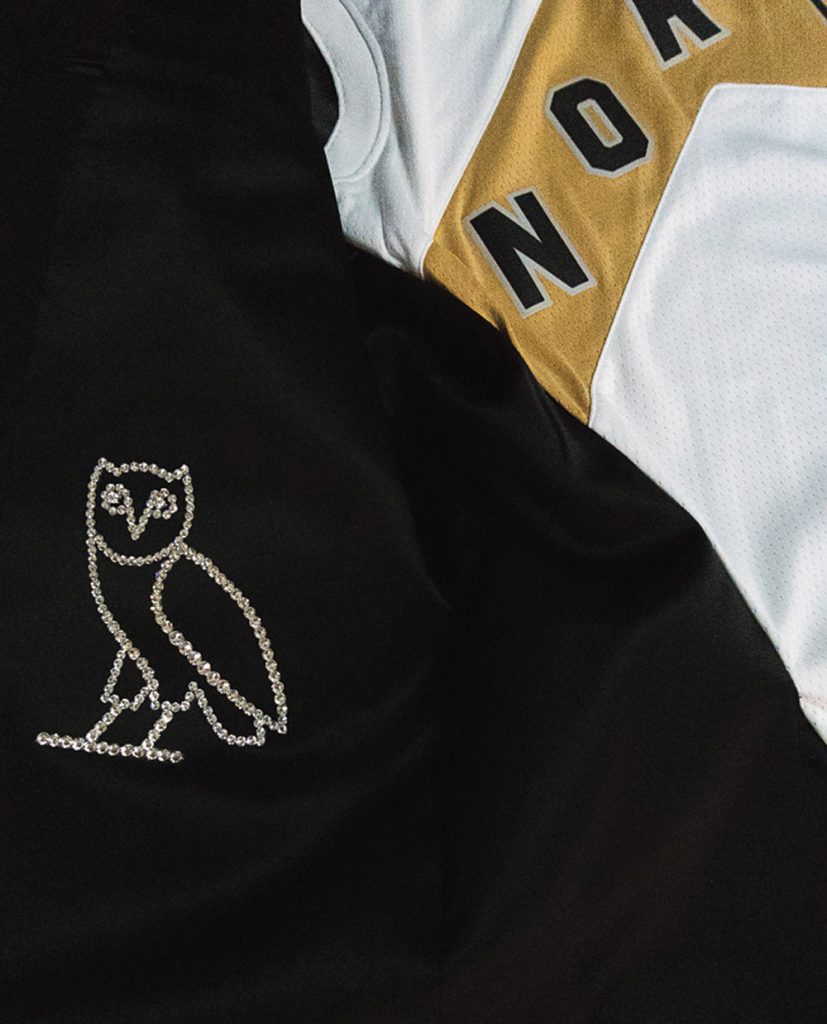
In general, computer-catalyzed inventions have been disrupting all sorts of industries, including fashion, healthcare, and publishing. But there’s something that feels slightly different when it comes to lab-grown diamonds. That a gem’s rarity should solely dictate its value is at risk of becoming outdated — and it’s precisely that idea that the synthetic diamond industry is trying to turn on its head. And clearly, people are listening: if the two products are almost impossible to distinguish, does it really matter where a diamond comes from? If investing in the gem for personal reasons, and not to eventually resell it to try and make a profit, wouldn’t it be preferable to spend a more manageable and accessible amount of cash on it?
Perhaps, in the not-so-distant future, an amalgamation of the two products could portent the arrival of an entirely new industry merging two trains of thought. Another possibility? Earth-mined diamond purveyors will step into the lab-grown game, selling either concept to interested consumers and creating an even larger empire of diamonds in the process.
Lead Image: Serdarbayraktar/Getty Images Plus
